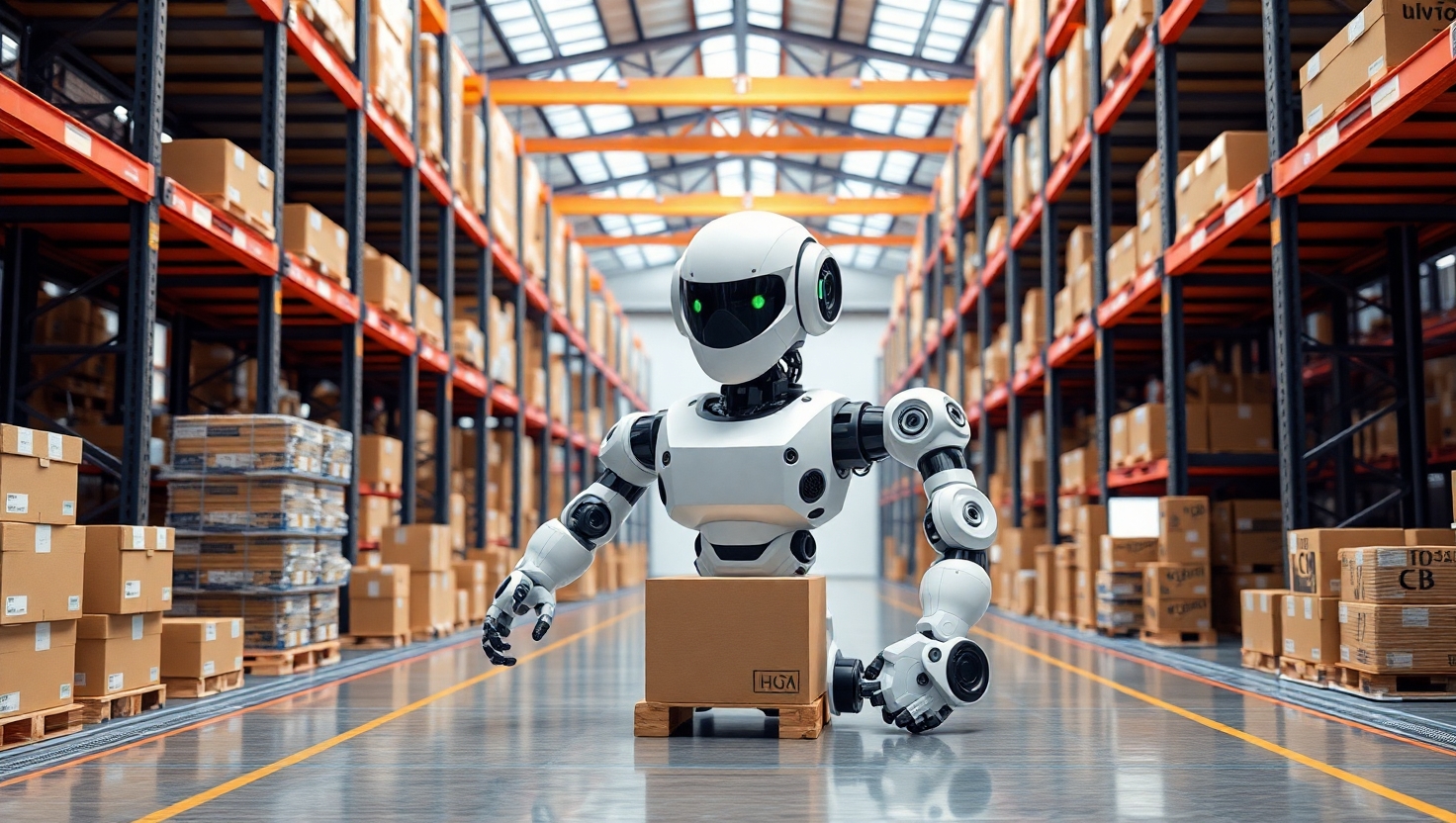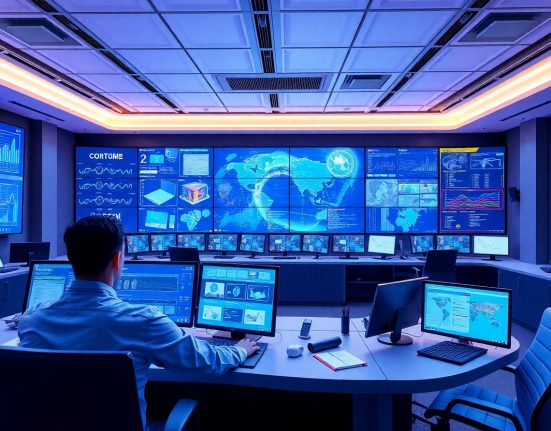Will Robots Replace Warehouse Workers? A Discussion Around Amazon’s Vulcan and Other Autonomous Robots – Advanced Technology Versus Employment Implications
The world of logistics and warehousing is undergoing a fundamental transformation in recent years, as automation and advanced robotics become everyday reality in distribution and organization centers worldwide. E-commerce giant Amazon recently introduced the Vulcan robot, an autonomous robotic system capable of lifting, sorting, and transferring packages in warehouses almost completely independently. The robot represents the new generation of automated logistics systems, and is already sparking intense debate: Is this a welcome technological step that will improve efficiency and safety in the industry, or a real threat to the jobs of millions of workers in the field?
Amazon, as a global leader in logistics and e-commerce, currently employs hundreds of thousands of workers in distribution centers around the world. The company itself claims that robots are not intended to replace workers but to integrate alongside them, reduce physical strain, and improve working conditions. According to data provided by Amazon, since it began implementing robotic technologies in its warehouses in 2012 with the acquisition of Kiva Systems, the company has actually increased its number of employees. However, many critics doubt this claim and believe it is only a temporary trend, and that the ultimate goal is a significant reduction in the workforce required to operate warehouses.
The Vulcan robot and similar technologies developed by companies such as Boston Dynamics or Fetch Robotics represent a significant leap in warehouse automation capabilities. Unlike previous generation robots that were limited to simple and well-defined tasks, the new generation is characterized by the ability to learn, adapt to changing environments, and perform a wide range of complex tasks. For example, Vulcan combines advanced sensors, computer vision, and machine learning algorithms that allow it to identify different products, handle packages of various shapes and sizes, and safely maneuver in a dynamic environment where humans also operate. These capabilities allow it to replace workers in a variety of roles that until recently were considered impossible to automate.
Research published by the McKinsey Institute estimates that by 2030, about 30% of warehouse tasks will be fully automated, with the percentage expected to be much higher in some areas, such as basic sorting and packaging. This figure raises serious concerns among labor organizations and economists regarding the future of millions of workers in the logistics sector worldwide. In many countries, especially in the United States, the warehousing and distribution industry provides significant employment for workers without academic education or advanced professional training, and the loss of these jobs could exacerbate existing socio-economic gaps.
On the other hand, proponents of automation emphasize its many benefits. First, robots can work 24 hours a day, 7 days a week, without breaks, vacations, or sick days, significantly increasing productivity and efficiency. Second, the technology reduces the risk of injuries and health problems among workers, especially those resulting from strenuous and repetitive physical work such as lifting heavy loads or prolonged standing. According to US Occupational Safety and Health Administration data, the injury rate in the warehouse industry is 50% higher than the average in other industries, and technologies like Vulcan could significantly improve this statistic.
Additionally, automation supporters argue that it doesn’t necessarily lead to overall unemployment, but creates new employment opportunities. Along with job losses in traditional roles, new positions are created in programming, robot maintenance, data analysis, and supervision of automated systems. However, critics point to a significant gap: while the disappearing jobs are typically positions intended for workers with basic training, the new jobs require advanced technological skills that most current industry workers do not possess.
The discussion is not only economic or technological but also ethical and social. The central question is: How can we enjoy the benefits of technological progress without harming vulnerable populations? Several possible solutions have been raised in public and academic discourse, including professional training for workers whose jobs are at risk, taxation on robot use to fund social support programs, or even more radical ideas such as universal basic income.
Companies like Amazon, for their part, are investing resources in training programs for their employees, aiming to prepare them for the new roles created in the automation era. For instance, Amazon’s Upskilling 2025 program is designed to train one hundred thousand workers in advanced technological skills. However, it is doubtful whether these initiatives can provide a complete response to the broad employment challenge posed by advanced automation.
Interestingly, the development of robotics in warehouses is also influenced by external factors, such as the labor shortage created in the wake of the COVID-19 pandemic, or the growing trend toward online shopping, which increases pressure on the supply chain. These factors have accelerated massive investments in technology, with a report by research firm Interact Analysis predicting that the global market for warehouse robotics will grow from $4 billion in 2020 to more than $15 billion by 2025.
In the short and medium term, the most practical solution appears to be a hybrid model, where robots and humans work together, each in areas where they have a comparative advantage. Robots can handle repetitive, physical, and precise tasks, while humans focus on tasks requiring judgment, mental flexibility, and emotional intelligence. This model is already being implemented in many warehouses around the world, with human workers working alongside co-bots that assist them in various tasks.
However, in the long term, as technology advances and robots become increasingly sophisticated and independent, the question of whether they will completely replace human workers in warehouses becomes more relevant. The answer depends largely on policies adopted by governments, companies, and labor unions, and the extent to which society as a whole manages to adapt to rapid technological changes. In conclusion, the era of advanced robotics in warehouses, represented by technologies like Amazon’s Vulcan, poses significant challenges alongside numerous opportunities. The balance between technological progress and protecting workers’ rights and job security is one of the central challenges of our time. The solution does not lie in artificially slowing technological progress, but in developing social and economic policies that ensure the fruits of progress are distributed more equitably, and that vulnerable populations are not left behind. In an era of rapid change and technological revolutions, the responsibility for shaping a fair and inclusive future of work falls on all of us – governments, companies, labor organizations, and ordinary citizens.














